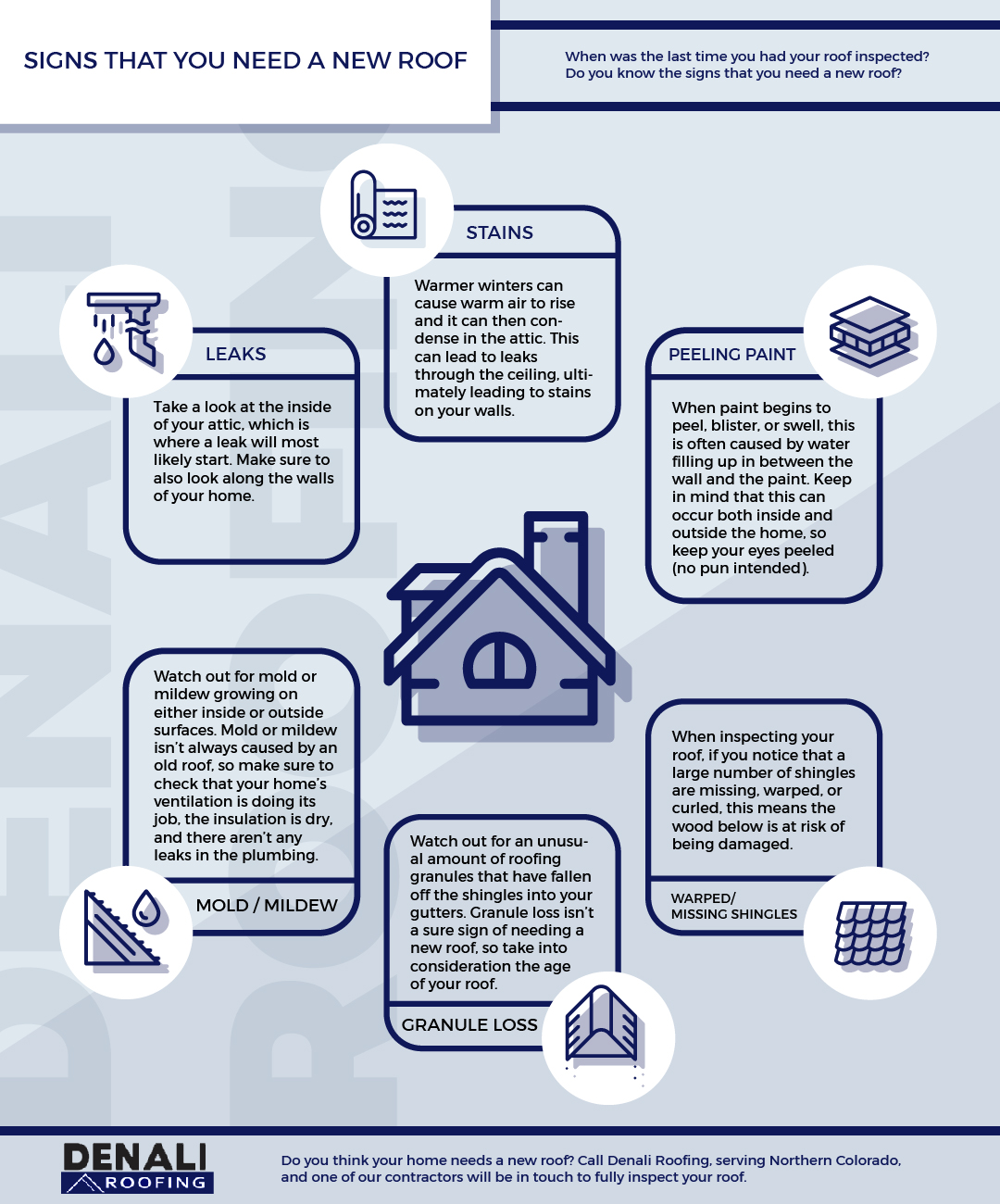Assess The Economic Implications And Benefits Of Solar Setup To Determine The Prospective Financial Benefits For Those Curious About This Renewable Energy Venture
Assess The Economic Implications And Benefits Of Solar Setup To Determine The Prospective Financial Benefits For Those Curious About This Renewable Energy Venture
Blog Article
Uploaded By-Storm Albertsen
When considering the expenses of solar installation, you might wonder about the upfront financial investment called for and whether it straightens with the potential long-lasting advantages. Understanding the details of these expenditures and the different elements affecting the overall return can clarify the value recommendation of transitioning to solar energy. By assessing both the first arrangement costs and the forecasted financial savings over time, you can get understanding right into whether the investment in solar setup holds pledge for your financial future.
Preliminary Configuration Expenses
When thinking about the expenses of solar installation, the first setup costs play a crucial function in your decision-making process. These upfront prices consist of the price of solar panels, inverters, mounting equipment, and installation labor.
The price of solar panels can vary relying on the brand name, efficiency, and dimension you select. Inverters are important for transforming the sun's energy into functional electricity and can be found in different kinds such as string inverters, microinverters, and power optimizers, each with its very own price implications.
Mounting tools, such as shelfs and rails, is necessary to firmly mount photovoltaic panels on your roof or building.
The setup labor cost covers the expert installation of the solar system, ensuring that everything is set up properly and efficiently. Keep in mind that while these preliminary setup expenses might appear high, there are commonly rebates, tax motivations, and financing alternatives offered to help offset the prices and make solar setup a lot more cost effective over time.
Long-Term Financial Savings Analysis
To understand the financial benefits of solar setup over time, it's critical to perform an extensive long-term savings evaluation. While the preliminary setup costs of photovoltaic panels might appear challenging, the long-lasting savings can surpass these expenses considerably. By taking advantage of the power of the sunlight to create electricity for your home, you can potentially conserve countless bucks on your energy costs over the life-span of your planetary system.
Among the crucial variables to take into consideration in a long-lasting cost savings evaluation is the reduction in your electricity expenses. With solar panels, you can generate your electrical power, decreasing and even eliminating your reliance on the grid. isp solar energy company can bring about considerable cost savings, particularly as energy rates continue to rise.
In addition, many federal governments offer motivations such as tax obligation credits and discounts for installing photovoltaic panels, further improving your long-term cost savings. By capitalizing on these incentives and maximizing your solar power manufacturing, you can enjoy significant economic advantages for several years to come.
Return on Investment Computation
Taking into consideration the monetary advantages of solar setup, it's time to analyze the Return on Investment (ROI) computation. Establishing the ROI entails comparing the complete costs of mounting a planetary system with the financial benefits it generates over its lifespan.
To compute ROI, separate the web profit from the system by the complete financial investment cost and increase by 100 to obtain a portion. The ROI formula is: (Web Earnings/ Total Investment Cost) x 100.
For example, if the total price of installing a solar system is $20,000, and over its lifespan, it produces financial savings and profits completing $30,000, the net profit would certainly be $10,000. Separating this by the complete financial investment cost of $20,000 offers a proportion of 0.5. Increasing this by 100 offers an ROI of 50%.
Generally, a higher ROI indicates a more monetarily rewarding investment. Discover More like federal government rewards, maintenance prices, and energy price variations can impact the ROI of solar setups. Understanding the ROI helps in assessing whether purchasing solar energy deserves it in the future.
Final thought
To conclude, understanding the prices of solar setup is critical for identifying if it is worth the financial investment. By thinking about initial arrangement expenses, performing a long-lasting financial savings evaluation, and computing the roi, you can make a notified choice about the economic value of solar energy. With the capacity for lowered utility expenses and raised energy independence, purchasing solar installation can be a smart choice for both your budget and the environment.
